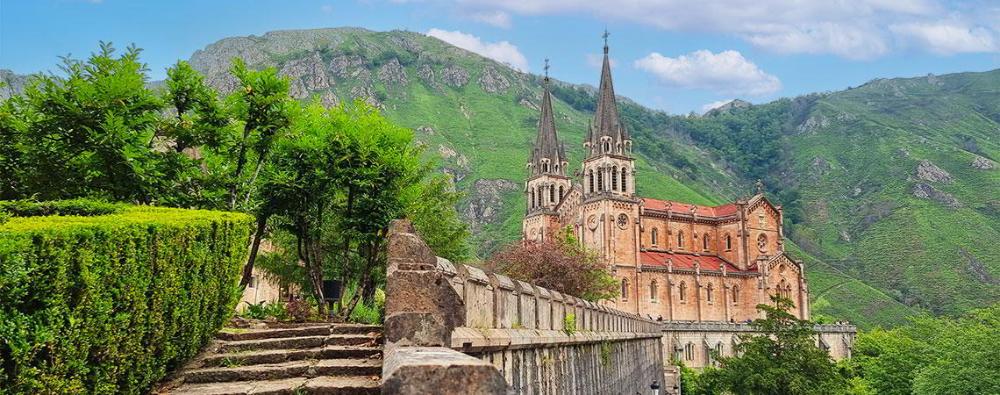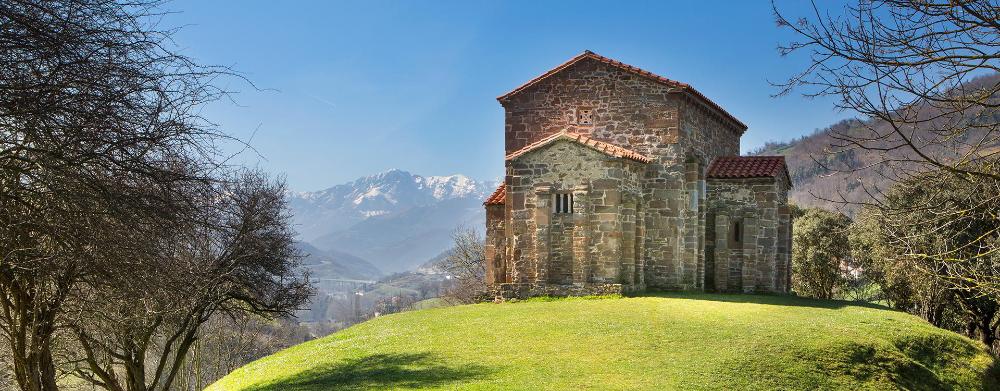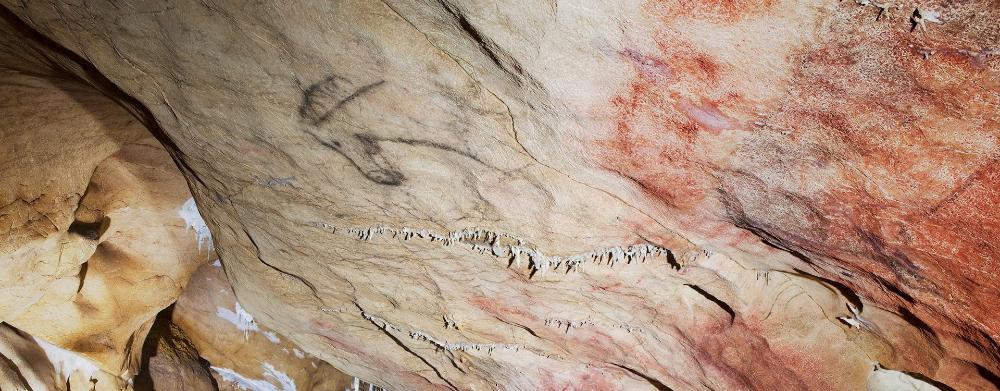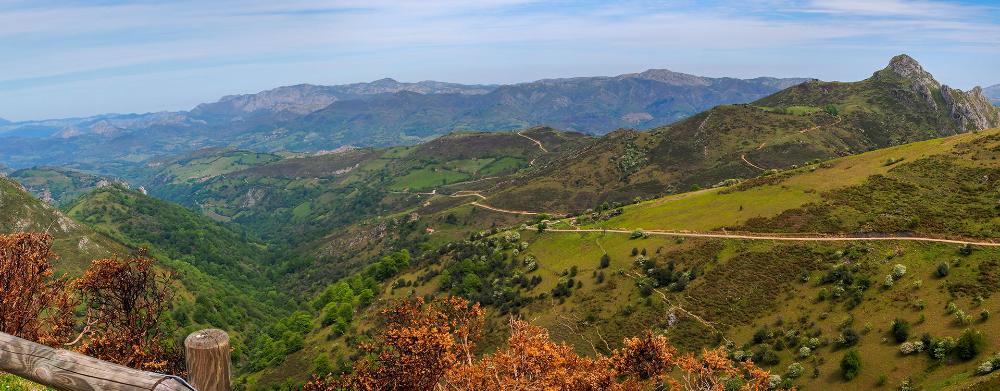The culture in Asturias immediately conveys that it is a place with a deep-rooted identity, inhabited by people with a unique and friendly personality.
Culture in Asturias boasts a remarkable UNESCO World Heritage site, particularly linked to its prehistory and medieval era, during which this land was a prominent Kingdom where the Camino de Santiago originated. Some of the most notable monuments and cultural landmarks of Pre-Romanesque Art are part of this ensemble, which would not have existed without the vigor of the Kingdom of Asturias during the Middle Ages.

Other key pieces in the heritage ensemble that have been declared UNESCO sites are the 5 Prehistoric Caves of Asturias: Tito Bustillo (Ribadesella), El Pindal (Ribededeva), Covaciella (Cabrales), Llonín (Peñamellera Alta), and La Peña (Candamo). All of them contain remarkable cave paintings and engravings and are a constant source of research and discoveries.
Furthermore, culture in Asturias is evident in a wide range of museums and cultural spaces, totaling over 150, representing one of the best and most educational ways to learn about Prehistory, History, traditions, and the different past and present activities that define a way and style of life. They are usually ideal places to immerse yourself in the Asturian universe, where culture is always an essential part of daily life, and where you will find different incentives for a journey through a territory where every corner holds a surprise.
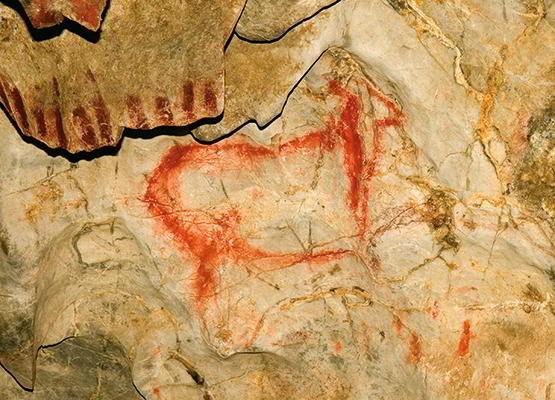
Deer. Main panel of El Pindal Cave (Ribadedeva)
Similarly, the cultural itineraries of Asturias are closely linked to the intense history and rooted traditions of a land that has played a crucial role in the development of Western civilization. The different Caminos de Santiago, pilgrimage routes to Cuadonga/Covadonga, the Relics Route, or the Vía de la Plata Route are examples of the historical significance of Asturias, which translates into the preservation of various deeply-rooted itineraries with significant identity. These are very vibrant routes that attract pilgrims and walkers throughout the year, motivated by various reasons, although there is an underlying motivation when undertaking these itineraries: the great human, cultural, and scenic value that Asturias offers.
Additionally, culture in Asturias boasts notable heritage landmarks of a spiritual and religious nature, spread throughout its geography, some of them with a long historical tradition, such as the Royal Site of Covadonga.

Coastal Way (La Isla - Colunga)
Cuadonga/Covadonga is a enclave located in a place of special natural relevance and was the origin of the first national park in Spain over 100 years ago, the Covadonga Mountain National Park, now transformed into the Picos de Europa National Park.
In terms of its spiritual aspect, it is one of the most important Marian sanctuaries in Europe, with a long tradition of pilgrimages dating back to the Middle Ages.
Regarding its historical prominence, its role in the birth of the first Christian kingdom on the Iberian Peninsula in the 8th century is undeniable.
